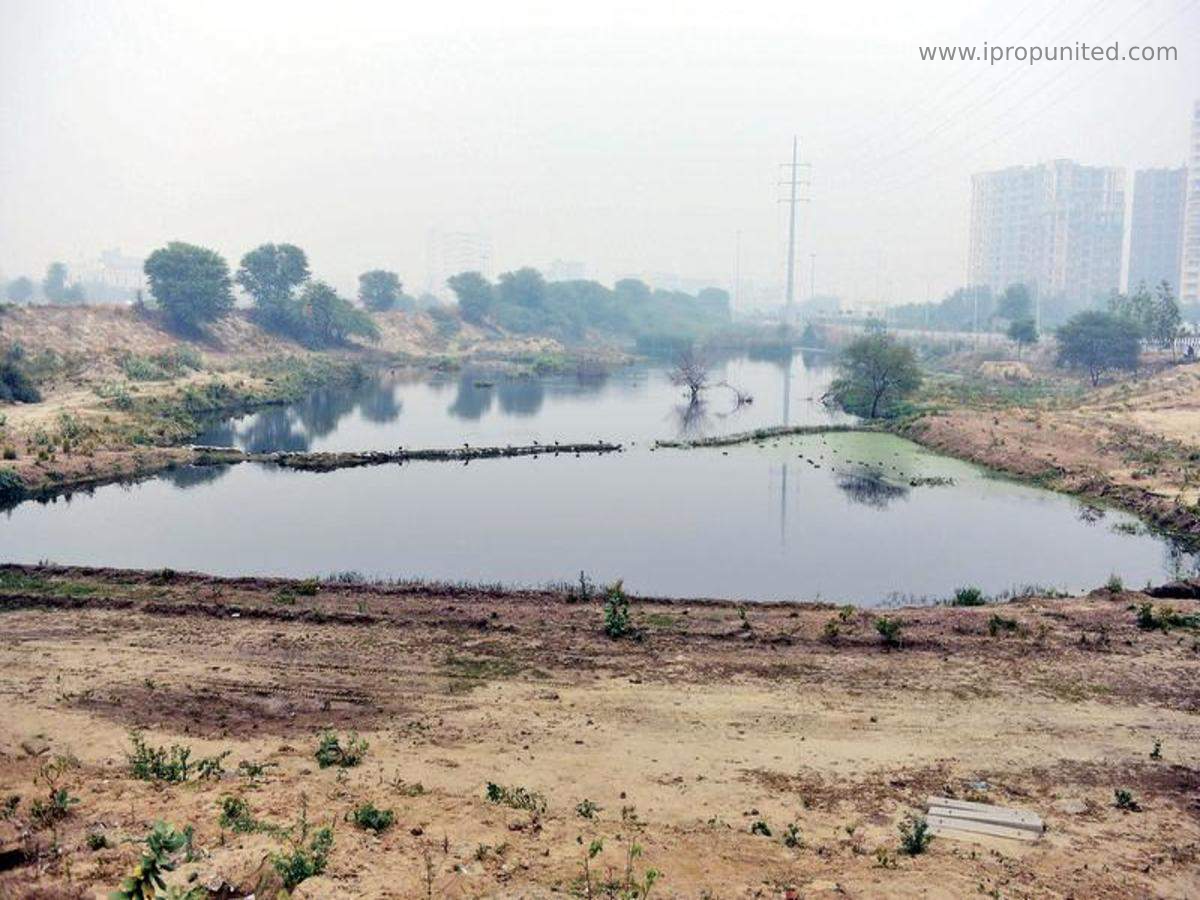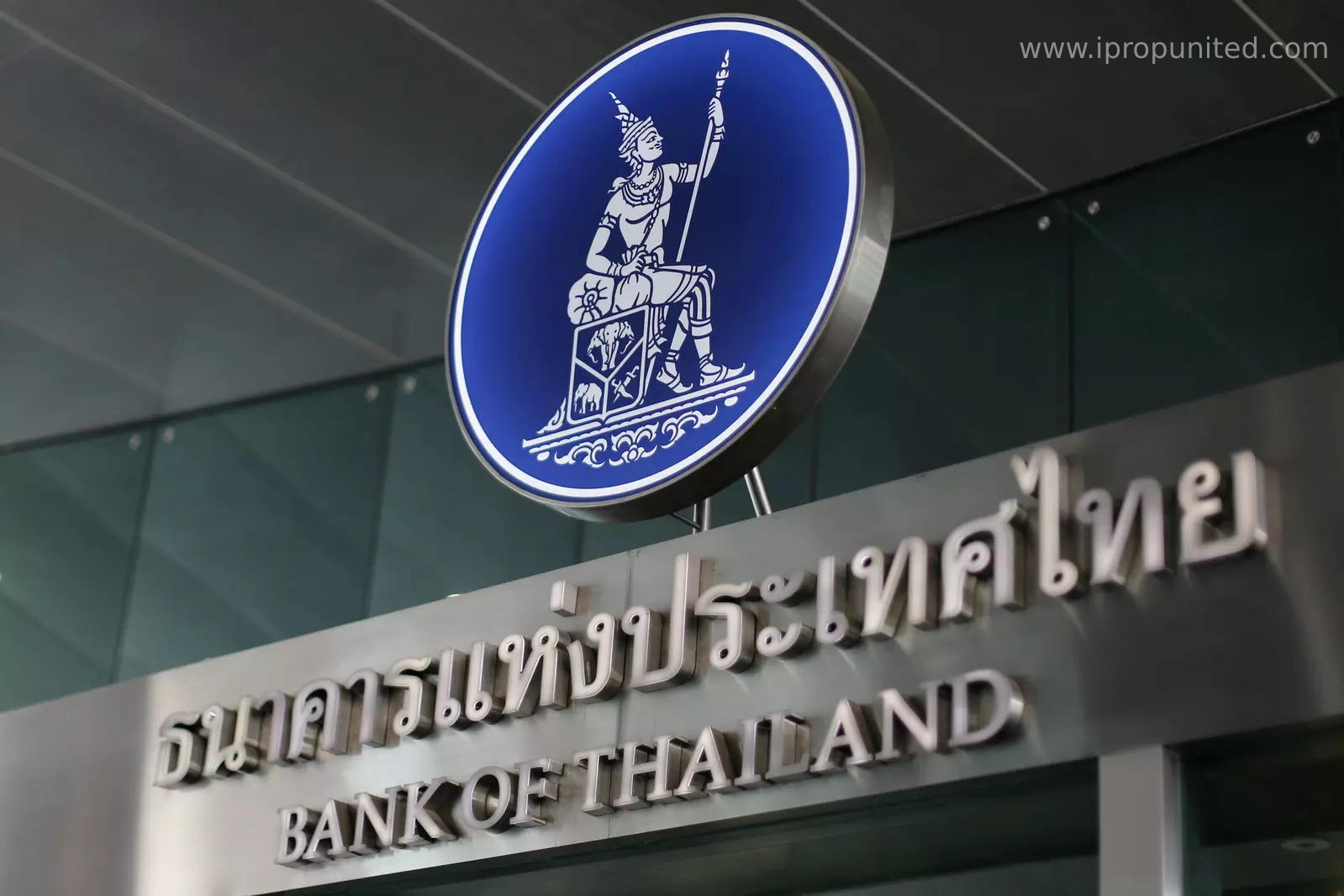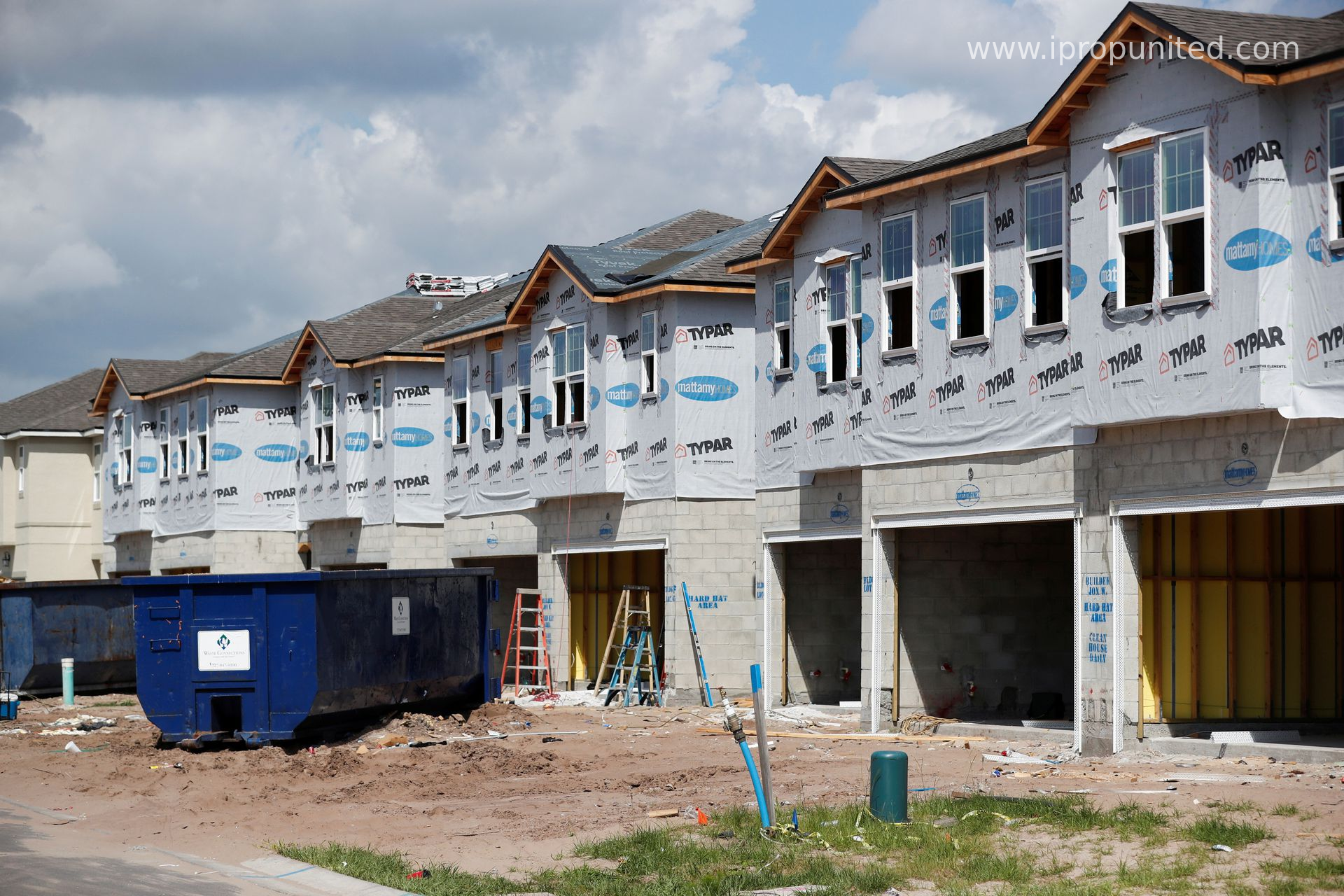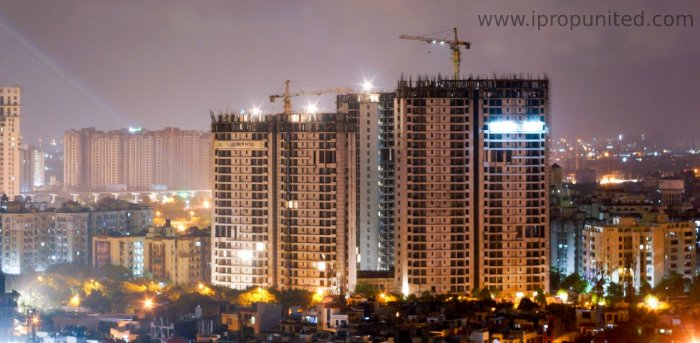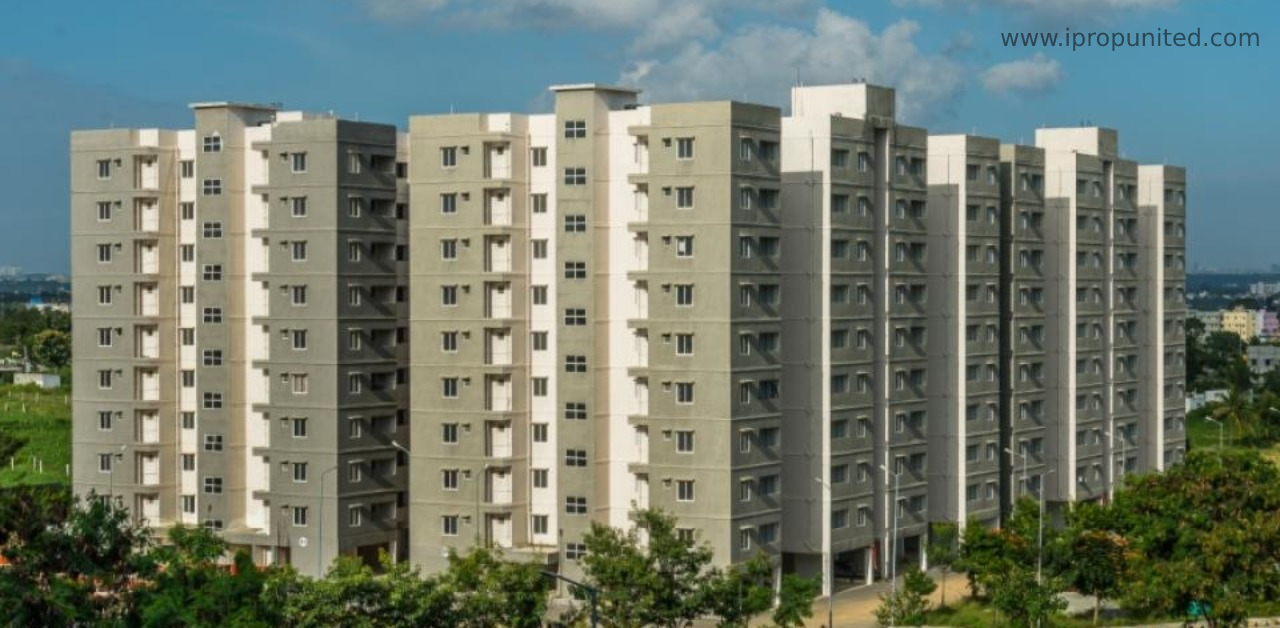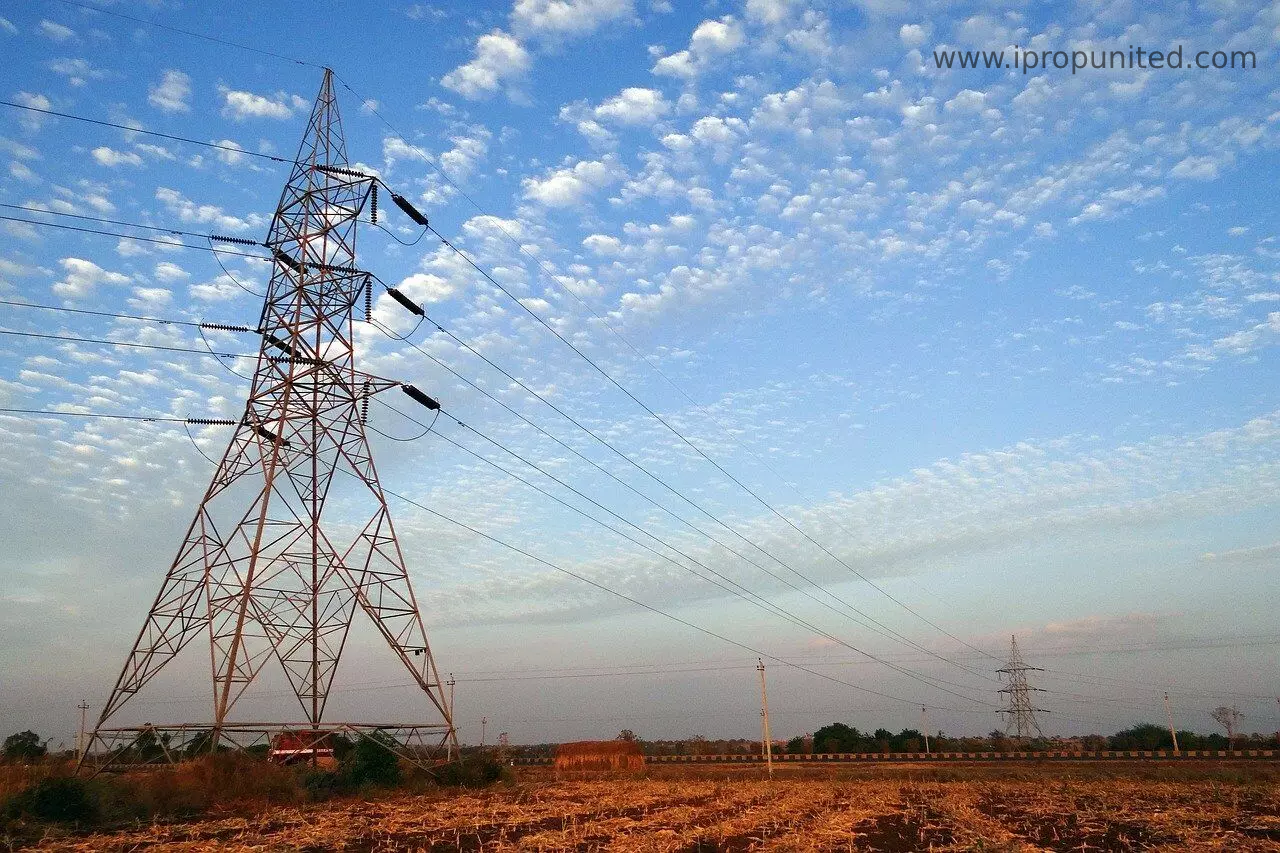
Traditional beliefs stipulate your pooja room should forever be adequately lit. Though, in today’s contemporary residences these favourable areas have dwindled to cabinets, mandaps, or a simple frame. So, is there space to play around with pooja room lights? We think so! And we also suppose with smaller rooms, the massive lifting falls on pooja room lights to make the area seem large and warm.
These are different lights that will beautifully light up the Pooja room and at the same will maintain the divine feeling –
- Tiny Spotlights
If your pooja room isn’t a proper area and is wedged into a closet, focus lights will do marvels to make the region pop out. Don’t think of intense spotlights, but murky lights that give the area an extremely metaphysical twinkle like the contemporary home above. The focus light radiates the dark, narrow area between the living room and kitchen, giving rise to the goddess into the limelight. It’s a small investment, and we positively feel it trumps traditional lamps and diyas.
- Use lighting with fascinating
impacts
Embellish your puja room and light it up at a similar time, by using light appliances that project fascinating patterns. This inverted dome streamer light with its sophisticated jali-like work casts incredible shadows and patterns to add further profundity to the space – and a slight pinch of magnificence.
- LEDs ceiling lamp
A ceiling lamp will be perfect for your pooja room to decorate. This lamp will complement any ceiling/rooftop and bring a splash of beautiful colours to your pooja room. The combination of colours in the LED ceiling lamp mosaic is just magic. The lamp will cast a wonderful pattern over its surroundings as the warm light filters through.
- LED diyas and lightning
Electric diyas have made it simpler for us to light our homes and pooja rooms. No more wasting time on oil and battis to light up the diyas because electric diyas are here as the saviour! Similarly, a string of LED lights, (popularly known as China lights), have been dominating the market for quite some time now. They are easy to handle and use, beautiful to look at, and most importantly come at cheap prices! What more could you have asked for!
- Let in nature through skylights
Use skylights where there’s no place for conventional windows – or even otherwise. As skylights create gallery-worthy lighting, they are a great option for a puja Ghar to highlight idols that are also pieces of art. Various designs in skylights allow you to control the amount of light that filters in. A version of skylights, these tiny window niches punctured in the wall filter light the same way as skylights.

